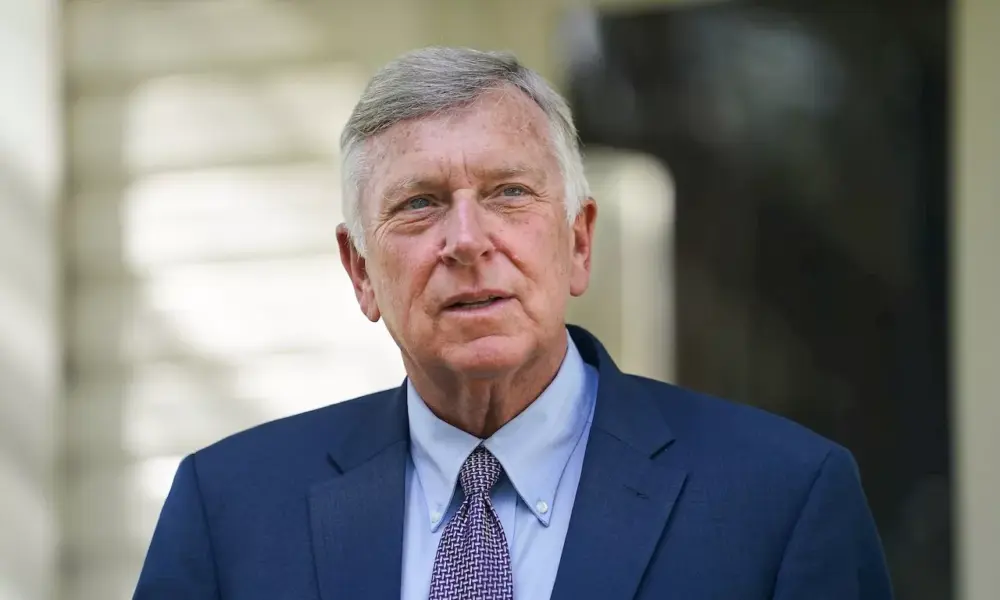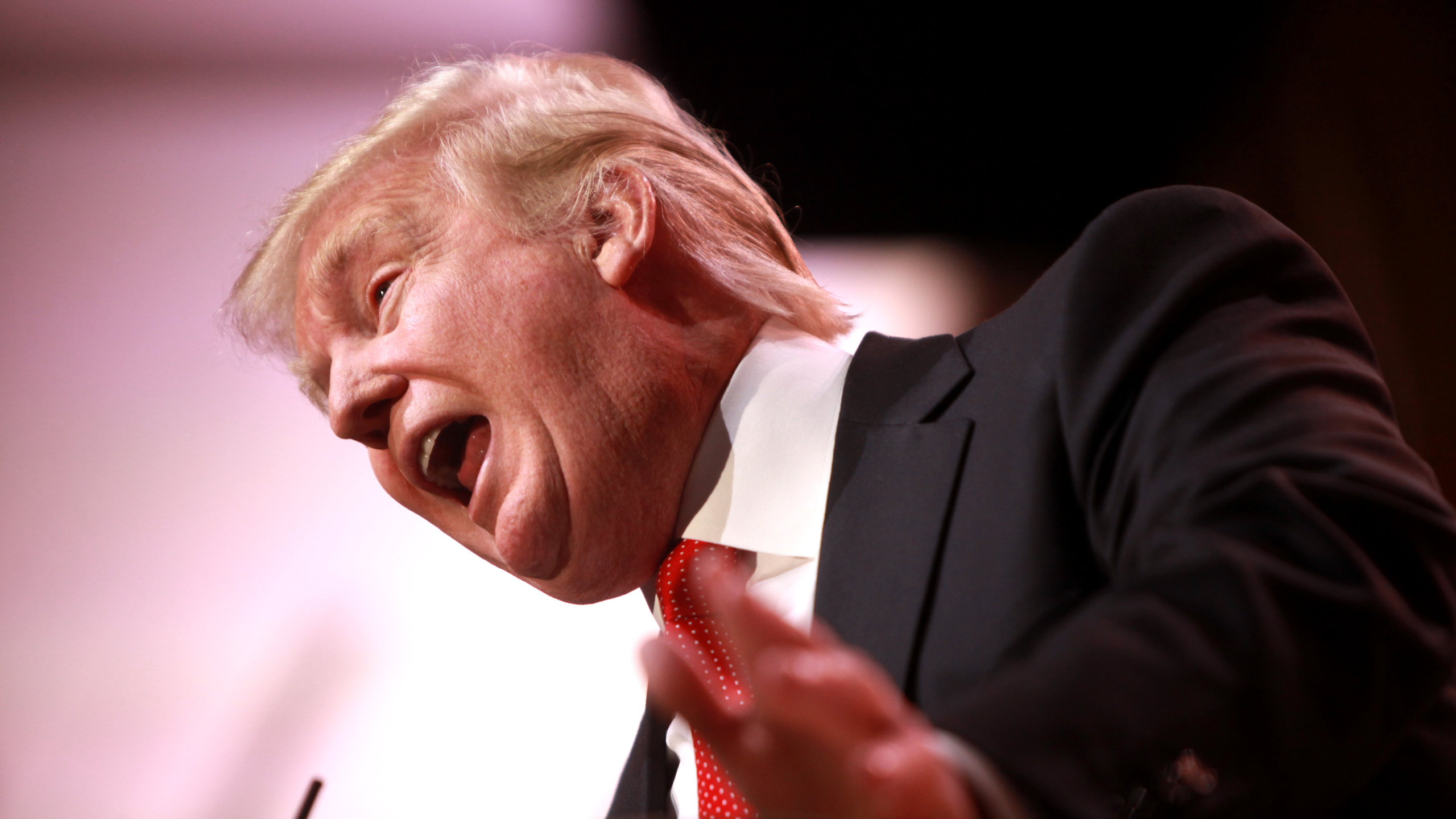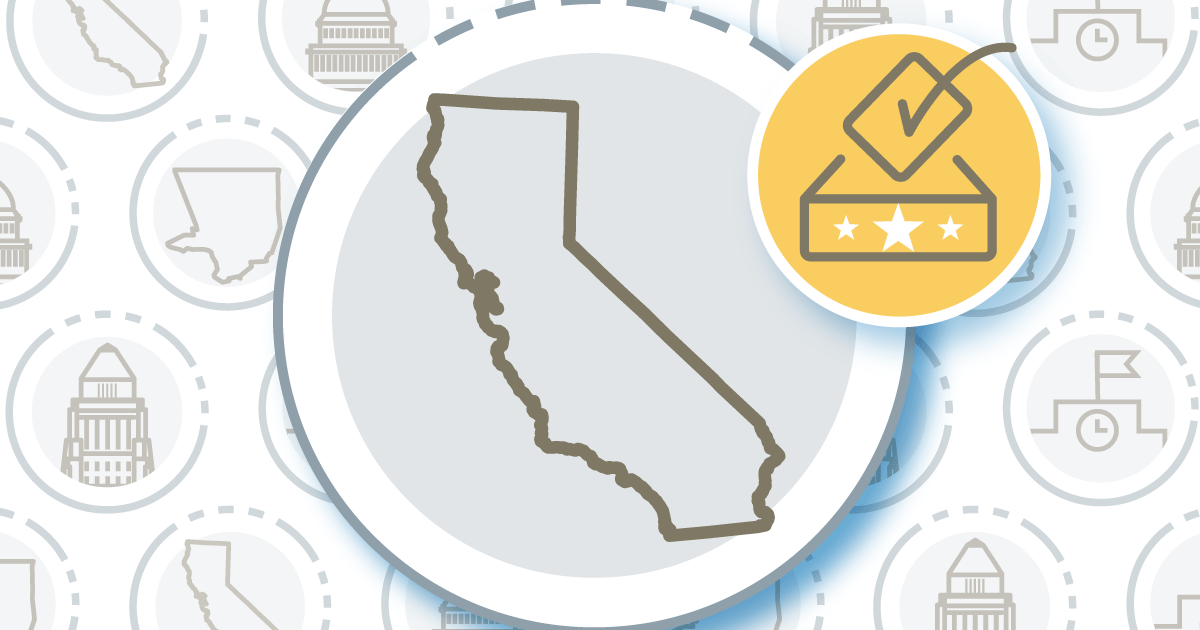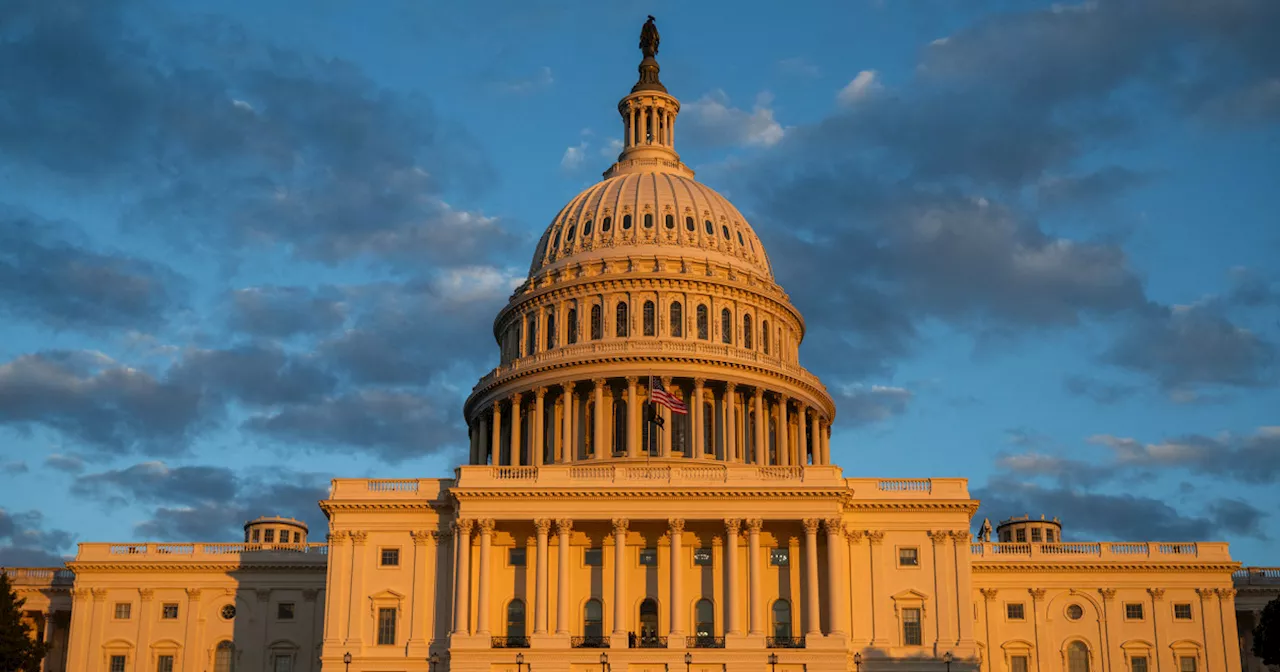The recent demolition of the East Wing of the White House to make way for a new ballroom has sparked significant controversy surrounding President Donald Trump’s use of executive power. Critics argue that this move not only disregards historical preservation but also reflects a broader pattern of undermining the rule of law.
According to reports published on October 25, 2025, the president’s decision to replace the East Wing with a 90,000 square foot facility has raised questions about the allocation of federal resources. The projected cost for this project is approximately $300 million, which many view as extravagant, especially considering that over 20 million Americans are at risk of losing their health care benefits.
The funding for the ballroom is reportedly sourced from a collection of wealthy donors, including executives from major corporations such as Google, Amazon, Lockheed Martin, and Microsoft. These contributors were promised recognition in association with the new facility, an arrangement that has drawn criticism for perceived favoritism towards billionaire benefactors.
Though the White House initially assured the public that the East Wing would remain untouched, the demolition has proceeded without the promised public review process. The New York Times previously quoted Trump stating that the project would not interfere with existing structures, but the reality has proven otherwise. The National Trust for Historic Preservation, among other organizations, has expressed discontent, urging the administration to pause the demolition until proper evaluations could be conducted. Their requests went unanswered.
The lack of oversight in this project raises broader concerns about the administration’s respect for legal processes. The National Capital Planning Commission, tasked with reviewing construction projects at the White House, has also been sidelined. Trump’s dismissal of their authority, coupled with the swift demolition, illustrates a troubling trend of circumventing established protocols.
This situation highlights the ongoing erosion of constitutional checks and balances. Critics point out that Trump’s actions threaten to dismantle 250 years of historical governance, with little opposition from Republican leaders in Congress. The judicial system, too, has been criticized for allowing the president to operate with near impunity.
As citizens express alarm over these developments, the question remains: who will hold the executive branch accountable? With large protests demanding accountability echoing in the streets, the apparent silence from legislative leaders on protecting constitutional powers raises concerns about the future of governance in the United States.
The implications of unchecked power extend beyond the physical demolition of a single building; they pose a risk to the very foundations of democratic governance. As Trump continues to reshape the White House and the broader political landscape, the call for oversight and accountability becomes increasingly urgent.







